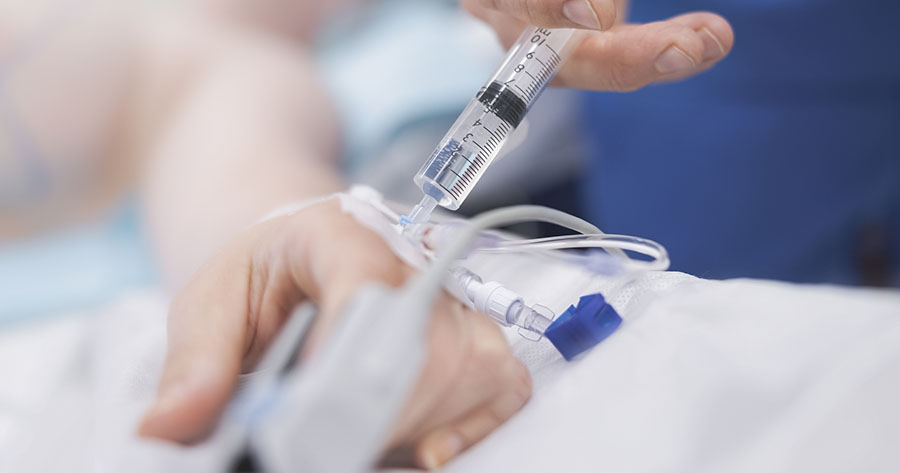by Colin Kenny, GP, Dromore
HbA1c has emerged as our main monitoring tool for following up people with diabetes. In the UK, HbA1c testing is an official part of the diagnostic guidelines for diabetes, but applying this as a screening tool at a population level is more complicated. This new study, however, supports HbA1c use as just such a tool.
Researchers set out to evaluate the efficacy of the HbA1c test in predicting type 2 diabetes in high-risk populations. The study, recently published in the European Journal of General Practice, examined data from a community-based historical cohort study of 10,201 patients in central Israel who had not been diagnosed with diabetes and had undergone HbA1c testing between 2002 and 2005. Among the cohort, 22.5% of those in the range 37–48 mmol/mol (5.5–6.5%) at the initial testing developed diabetes within a 5- to 8-year period, making them significantly more likely to do so than those with levels below 37 mmol/mol.
Within the cohort, certain factors were found to be predictive of an increased likelihood of develop diabetes. Obesity approximately doubled the risk, as did every 5.5 mmol/mol (0.5%) increase in HbA1c levels, up to 53 mmol/mol (7%). People who had cardiovascular disease, including hypertension and ischaemic heart disease, were also at increased risk.
The study raised questions about the cost-effectiveness of HbA1c as a screening tool, and we already have some doubts about whether screening in this fashion has an impact on morbidity and mortality related to the condition. The intensive interventions needed in this potentially at-risk cohort may also not be cost-effective.
To access the full publication, click here (link to external website; log in may be required)





